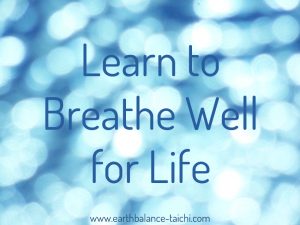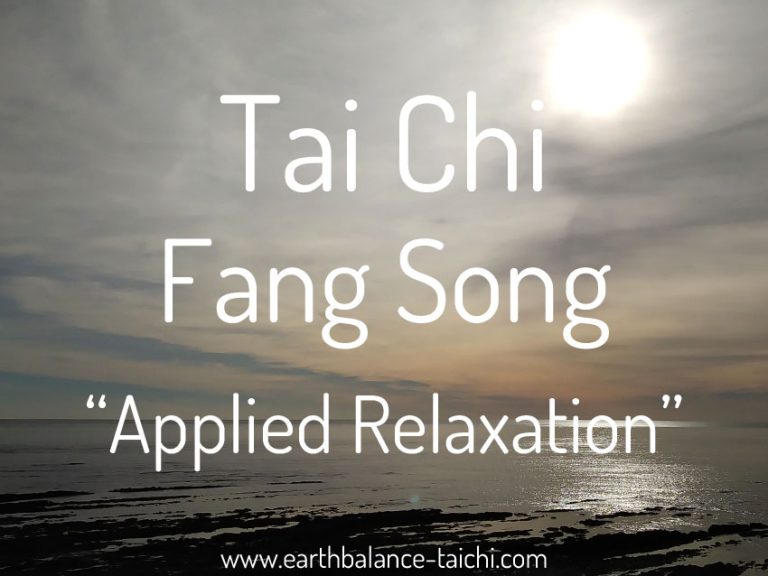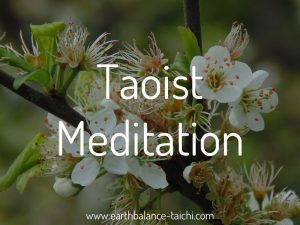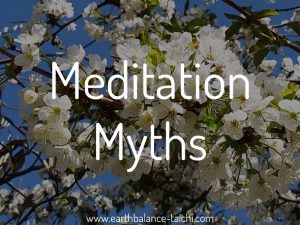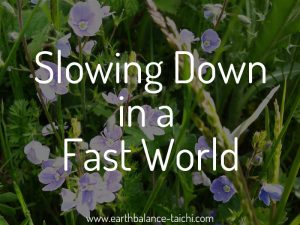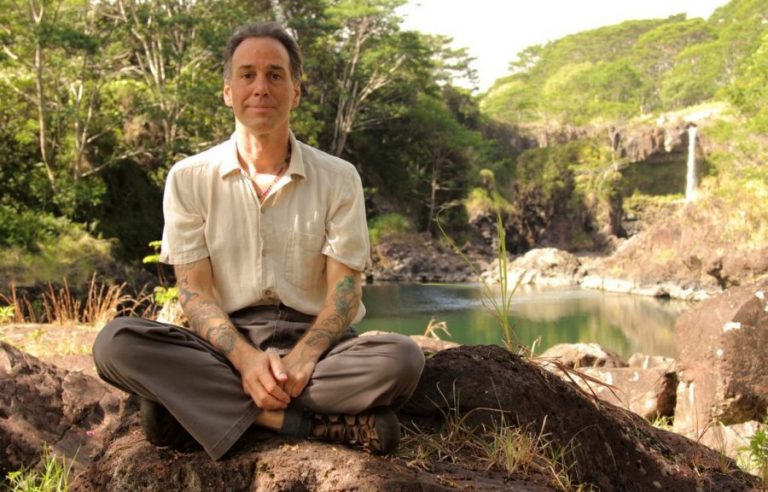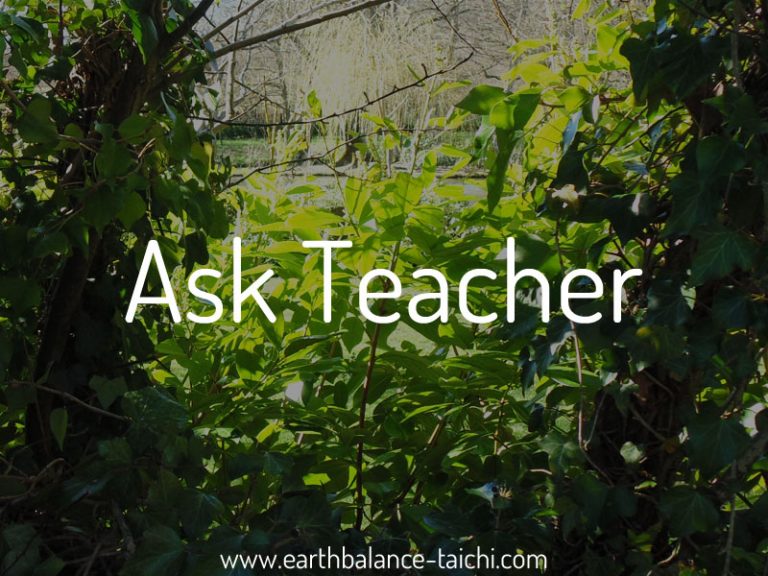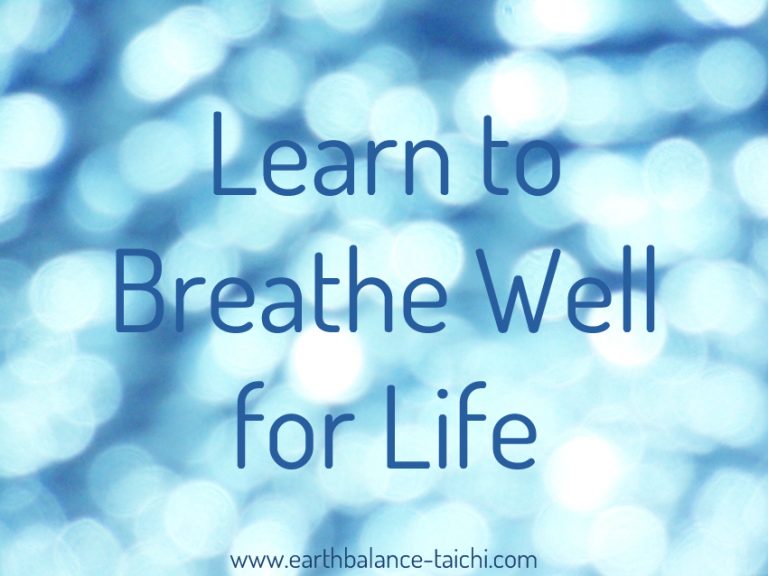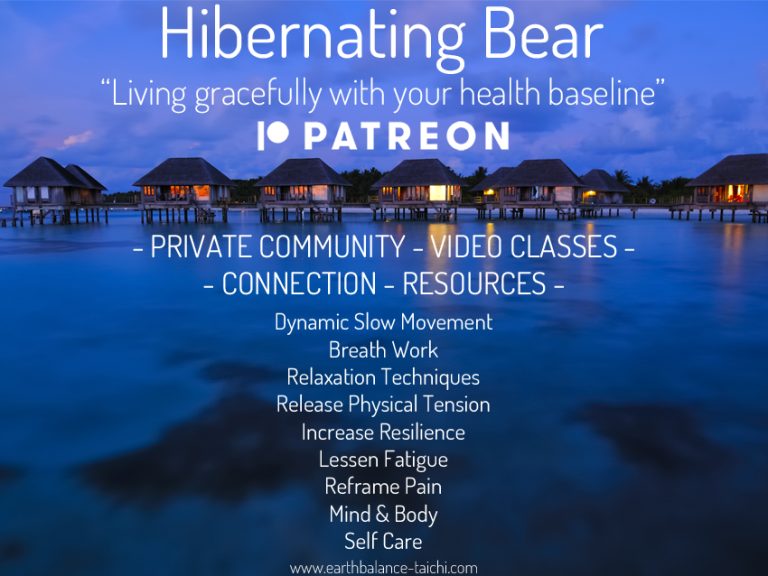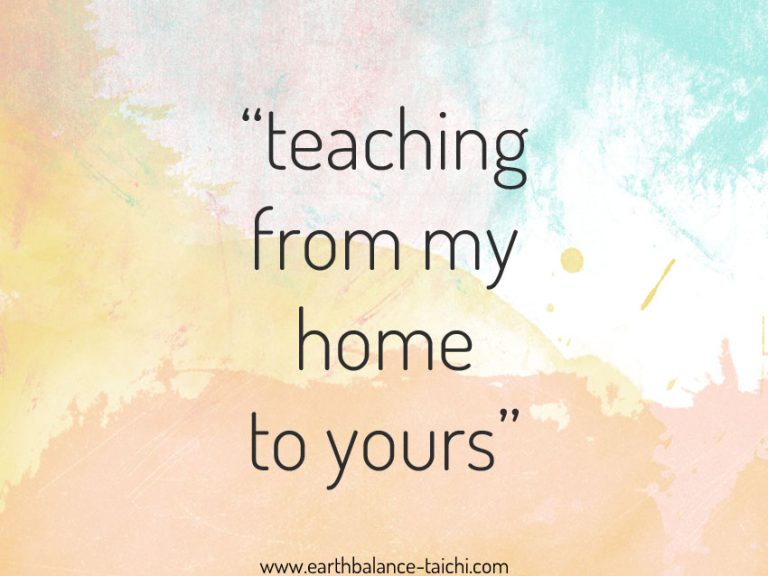Types of Meditation
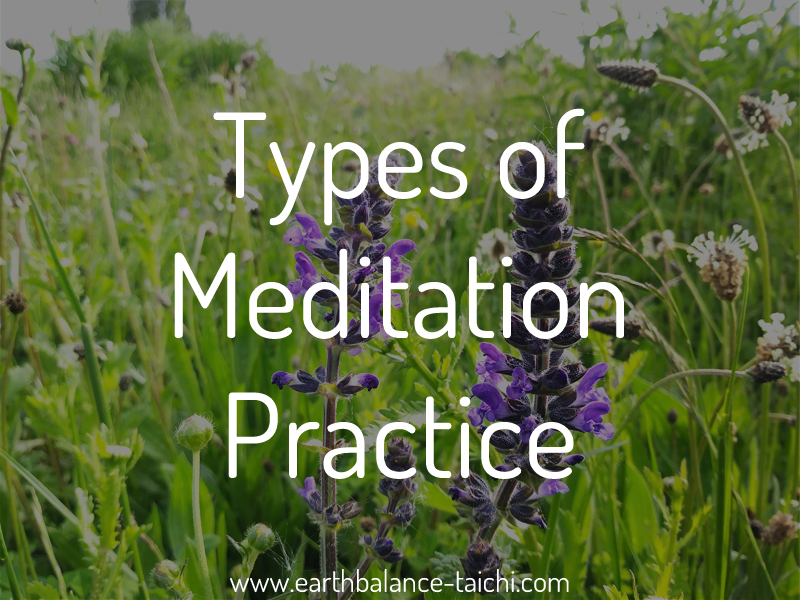
Types of Meditation
There are thousands of types of meditation and mindfulness practices, varying from stillness to movement. You can be seated, standing, lying down, walking, dancing or doing. When starting out with meditation, practice a very simple method like pausing or focusing on the breath, daily or every other day if possible for small periods of time. Then expand your practice into longer sessions when you become familiar with setting and maintaining a meditation routine. Then take time to explore various methods and find one that resonates with you, from there take it far.
MEDITATION IN STILLNESS
Taoist teacher Casey Kochmer from Personal Tao describes this mindfulness practice as "Pausing is releasing an action or thought in order to create space to become aware." This mini practice explores patience, discovery and reflection. A moment of pause is a powerful tool in your mindfulness toolkit.
Body scanning
Focusing on your body helps you relax each and every part. Scanning means to travel down or up or through the body, focusing on a particular part, muscle, joint etc. This single point of focus helps you release and soften physical tension you may not have been aware you were holding. Over time you develop a much better sense of body awareness and understanding of your changing baseline.
Muscular and soft tissue relaxation stillness practice.
Similar to body scanning, soft and connective tissue relaxation is a great skill to train. Sometimes our bodies hold chronic muscular tension from stress or bad posture. To learn how to consciously relax the body helps reduce fatigue from chronically tight muscles, and helps to relax both mind and body.
Heart, love and kindness meditation practice.
The art of happiness, compassion and love comes from within. Meditating on love can be done anywhere and at any time. It is one of the open secrets of meditation, it’s simple, effective and requires very little instruction. Meditating on love without attachment is a healthy way to foster positive emotions.
Self-compassion practice.
Regular practice of the Classical Chinese arts helps bring about a positive change in personal health, happiness and longevity. The slow-moving exercises and stillness practices slow down the mind, reduce internal chatter and allow us to focus on the moment. Rather than living our days looking to the past or the future, we live as we are, right now. Self compassion practice explores: kindness versus judgement, mindfulness versus un-mindfulness and common humanity versus isolation.
Mantras
This method uses repetitive words, phrases or scripts that you repeat or chant to focus your mind on the present moment. They can be spoken, hummed or sung. This type of meditation helps focus as it keeps the mind concentrated on one point of focus.
Prayer
Religious and non-religious prayer is also an act of mindfulness or meditation as the mind is focused on speaking outwardly or internally, this could be simply talking a stream of thoughts, or conversing with yourself or a god/deity, or making a request, asking for help, giving thanks, and reflecting on your thoughts and feelings.
Regulating the breath
Diaphragmatic breathing is at the heart of every meditation practice. Becoming aware of the breath and learning to regulate the breath are important tools to aid relaxation and a balanced mind and body. As we age breathing becomes weaker and more constricted which reduces the function of all body systems.
Shamanic journey teacher Julie from Personal Tao describes journey meditation as "From the shamanic perspective, we are intentionally sending our consciousness into the spirit world. We do this for a variety of reasons – to connect, retrieve information, heal, restore, and energize ourselves." It is an imaginative and visualisation process, where you take your mind into the spirit world either by guided meditation or by leading yourself through the process.
Zhan Zhuang
'Standing like a tree' is a powerful internal Tai Chi and Qigong practice where a static standing posture is held for a period of time focusing with awareness on external stillness, internal movement. posture and alignment, with softening of the muscular system and deep breathing.
Taoist meditation practice
There are many passive Qigong and internal neidan practices. Here are examples of three practices:
The inner smile: This preparatory meditation works to cleanse the organs and internal body. Using the human smile as a connection to inner healing for health, happiness and longevity. By focusing our smiling energy into the physical and emotional body we can learn how to enhance positive emotions, lessen excessive negative emotions and cleanse the organs to aid inner Qi flow.
The six healing sounds: The inner smile practice can be extended to include the six healing sounds. This helps expel negative emotions, cleanses the organs and recycles emotions, creating a balanced state.
The microcosmic orbit: Also called the small heavenly cycle meditation practice. It is used to awaken, generate and circulate Chi in the body through the meridian pathways, clearing blockages to aid inner health, healing and longevity.
MEDITATION IN MOTION
Mindful hobbies
From sewing and singing to eating and cleaning the house. Applying mindfulness and that single point of focus is a wonderful practice to bring you truly into the present moment whilst you carry out or perform a hobby that you love. Becoming totally enveloped by the task at hand is a relaxing and nourishing practice.
Mindful walking
Whether using the principles and body mechanics within Tai Chi or simply applying the principles of mindfulness as you travel, walking meditation is an overlooked practice that helps to ground and connect you to your moving body. As you walk you pay careful attention to your posture, with every step you take, noticing the texture of the ground and the sensations within the body whilst you breathe deeply into your abdomen.
Dance meditation instructor Julie from Personal Tao describes this as "By moving our bodies, we can connect to and move the soul. We access spirit as this soul or true essence, moving, and in action. We are each a moving meditation and our dance is a reminder of the medicine we hold in our hearts, minds, and bodies."
Classical Chinese Movement Arts
Tai Chi is a slow moving, dynamic physical exercise based on the principles of martial arts and Qigong that combines posture, breath and body awareness. Each movement is performed deliberately with martial intent, connected body mechanics and relaxed muscles.
Qigong is an ancient slow moving physical exercise practice combining the theory of Traditional Chinese medicine with an aligned posture, deep breathing and increased body awareness.
Both Tai Chi and Qigong can be used as a meditation and mindfulness practice.
